The Tales from Kibera Radio (2012)
• January 1st, 2012 • 0h 23min
Documentary
Overview
Kibera is the largest slum area in Nairobi, and the largest urban slum in Africa. This documentary depicts three important problems; violence, drugs (miraa) and albinos killing.The 2009 Kenya Population and Housing Census reports Kibera's population as 170,070, contrary to previous estimates of one or two million people .Most of Kibera slum residents live in extreme poverty, earning less than $1.00 per day. Unemployment rates are high. Persons living with HIV in the slum are many, as are AIDS cases. Cases of assault and rape are common. There are few schools, and most people cannot afford education for their children. Clean water is scarce. Diseases caused by poor hygiene are prevalent.
Make sure to check your pop-up blocker!!
Trailer
Similar Movies

The L.A. Riots: 25 Years Later
Released on: 2017-04-23
Documentary
HISTORY brings you an all-encompassing documentary event cantered around the 25th anniversary of the...
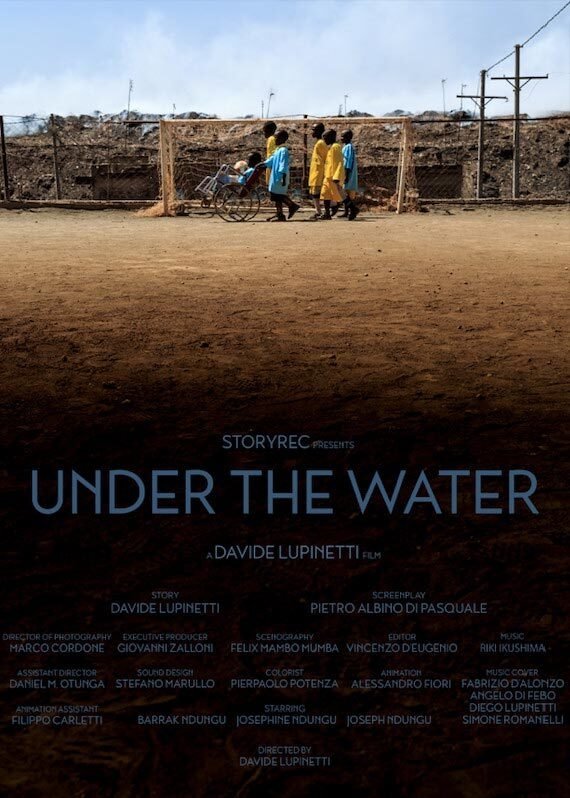
Under the water
Released on:
Documentary
A daily life in Korogocho, Kenya, one of the world’s poorest slums.
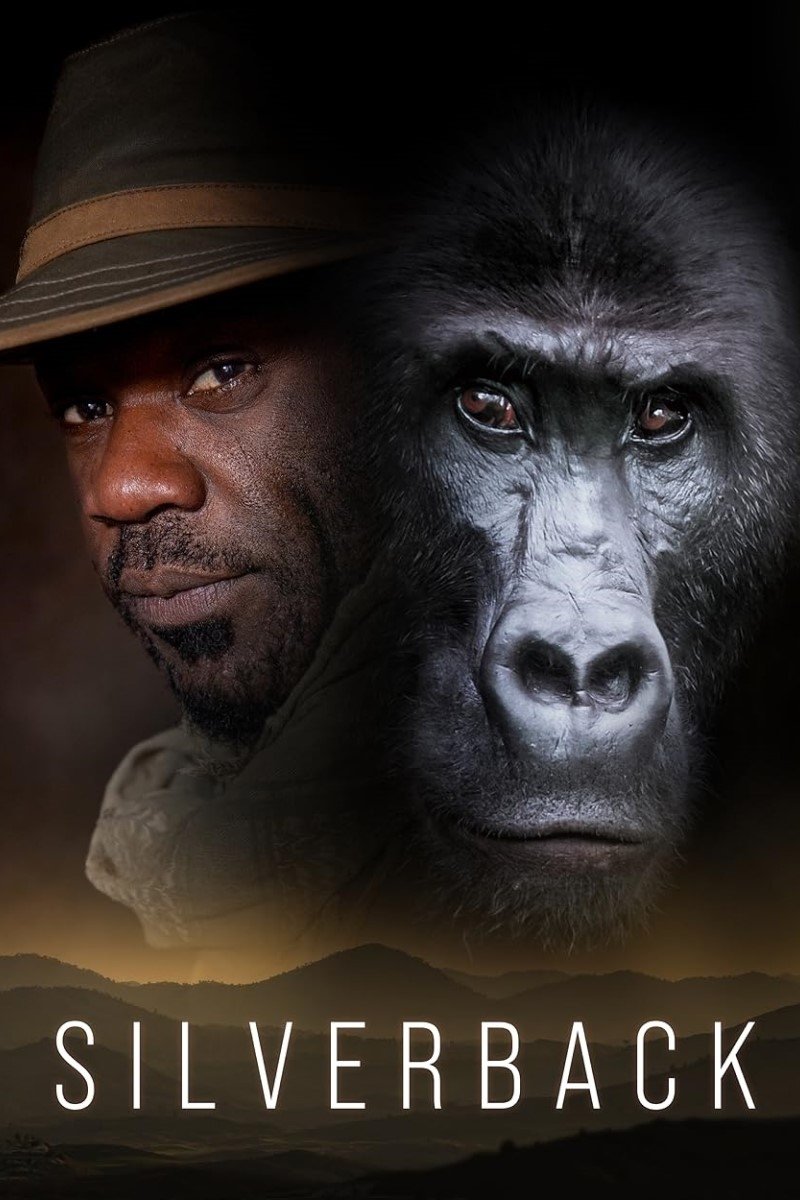
Silverback
Released on: 2024-01-07
Documentary
Feature-length documentary following award-winning wildlife cameraman Vianet Djenguet as he document...
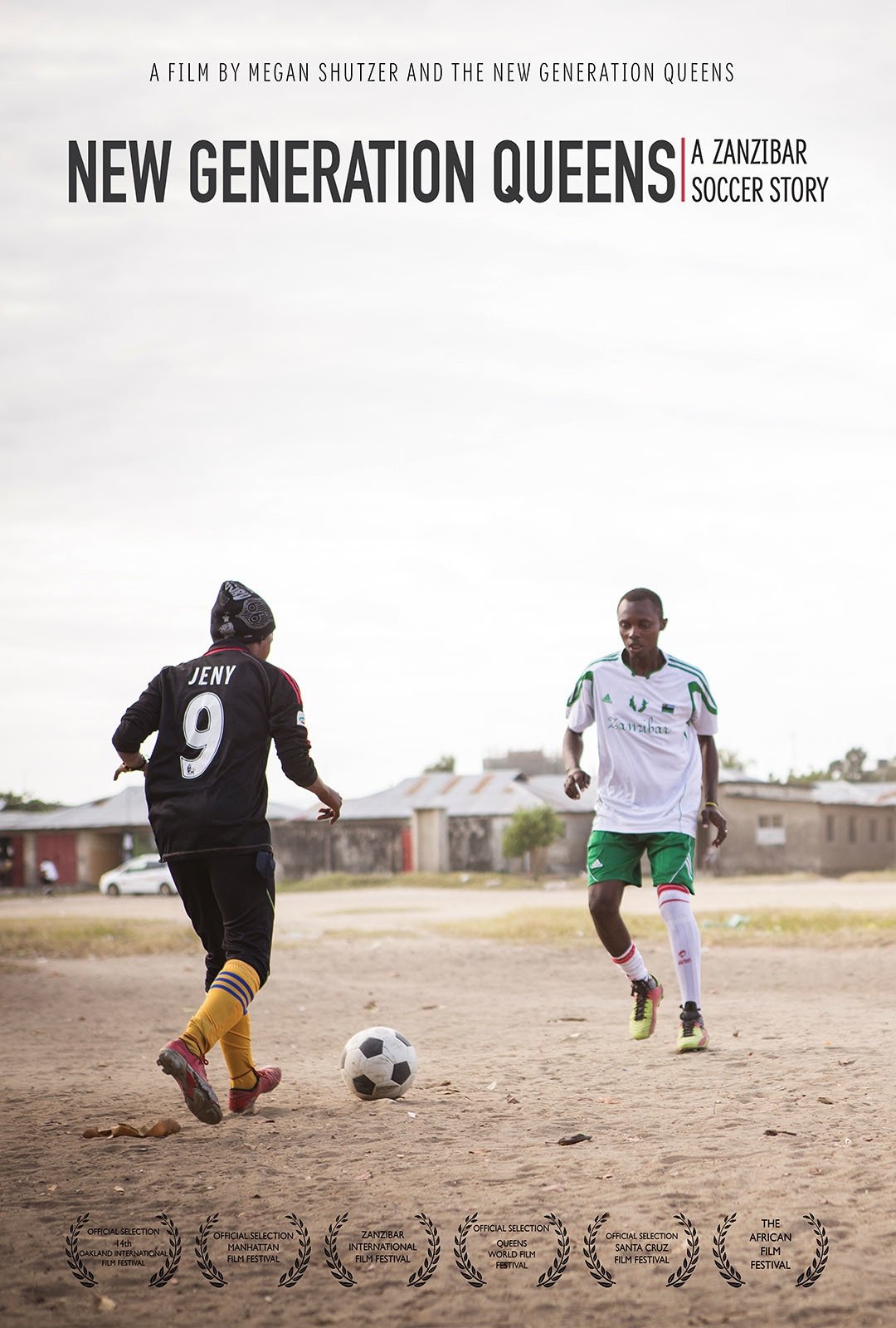
New Generation Queens: A Zanzibar Soccer Story
Released on: 2015-07-01
Documentary
On an island where religion bars women from playing soccer, the Queens resist cultural norms and cha...

The White Massai Warrior
Released on: 2020-01-16
Documentary
For the first time in history, a white man has been invited to become a Massai Warrior. The Massai ...
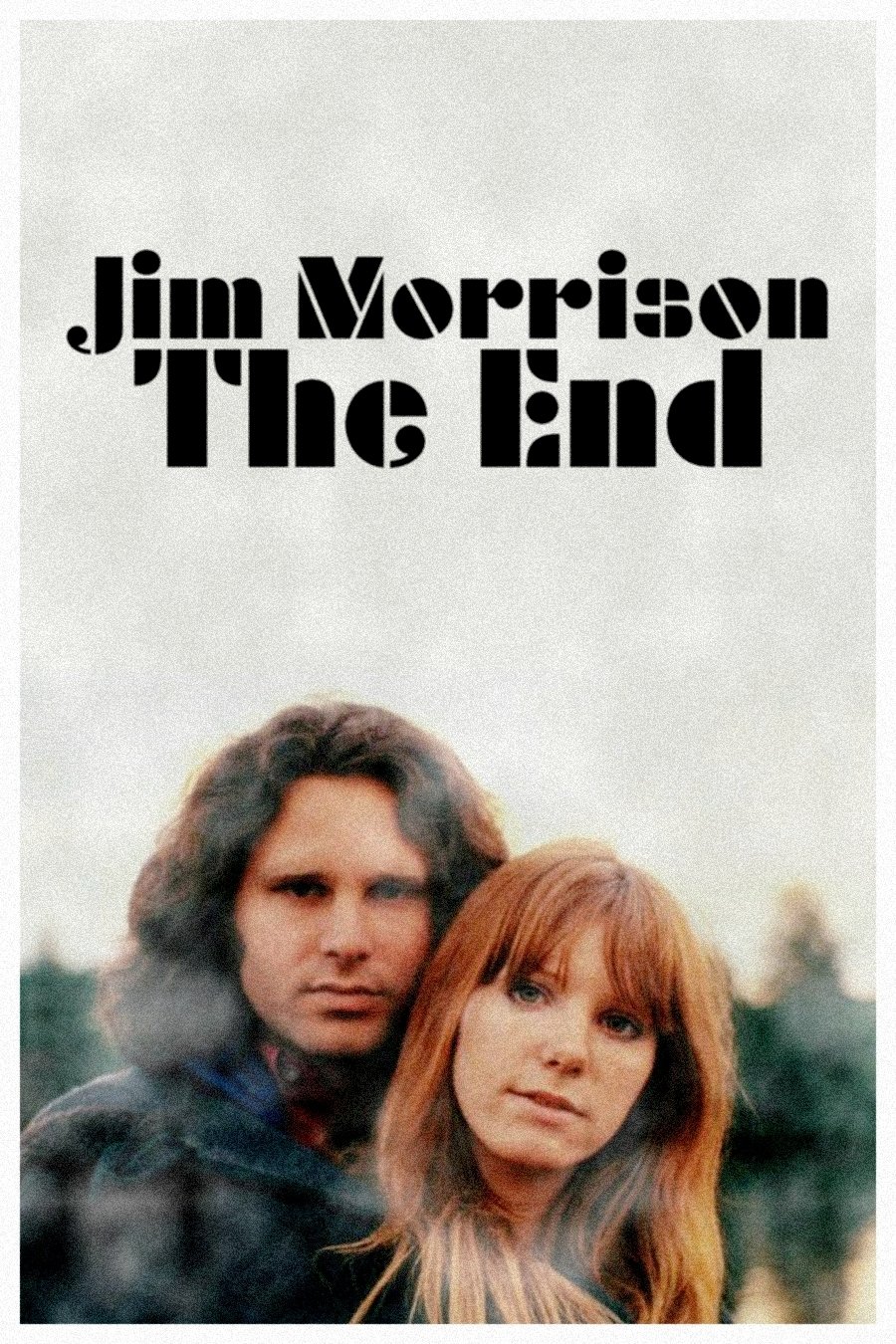
Jim Morrison: The End
Released on: 2021-07-02
Documentary, History, Music, TV Movie
Paris, Rue Beautreillis, July 3, 1971. The corpse of rock star Jim Morrison is found in a bathtub, i...

Liyana
Released on: 2017-07-15
Animation, Documentary
A talented group of orphaned children in Swaziland create a fictional heroine and send her on a dang...

When We Were Kings
Released on: 1996-10-25
Documentary, TV Movie, History, Music
It's 1974. Muhammad Ali is 32 and thought by many to be past his prime. George Foreman is ten years ...

The Wildebeest Migration: Nature's Greatest Journey
Released on: 2012-12-15
Documentary
Every year, on the steppes of the Serengeti, the most spectacular migration of animals on our planet...

White Man with Black Bread
Released on: 2007-01-13
Documentary
Christof Wackernagel, best known in Germany as an actor and former member of the Red Army Faction ("...

All This Mayhem
Released on: 2014-07-10
Documentary
A searing account of what happens when raw talent and extreme personalities collide. In this unflinc...

Memory Books
Released on: 2008-05-01
Documentary
In Uganda, AIDS-infected mothers have begun writing what they call Memory Books for their children. ...

Der lange Weg ans Licht
Released on: 2008-02-28
Documentary
Edeltraut Hertel - a midwife caught between two worlds. She has been working as a midwife in a small...

Afrikanische Affen
Released on: 1936-01-01
Documentary
A study of the behavior of monkeys in the African jungle.

Iwájú: A Day Ahead
Released on: 2024-02-27
Documentary
Filmed across three continents, this documentary shares the story of the founders of the Pan-African...

Return of a President
Released on: 2017-03-18
Documentary
In a fascinating geopolitical drama, Danish filmmaker Mik-Meyer closely follows Ravalomanana as he a...

Back To Africa
Released on: 2008-04-01
Documentary
An Austrian director followed five successful African music and dance artists with his camera and fo...

Africa, Blood & Beauty
Released on: 2012-01-04
History, Documentary
This film speaks of archaic peoples, their customs and mores, in an attempt to make the last snapsho...
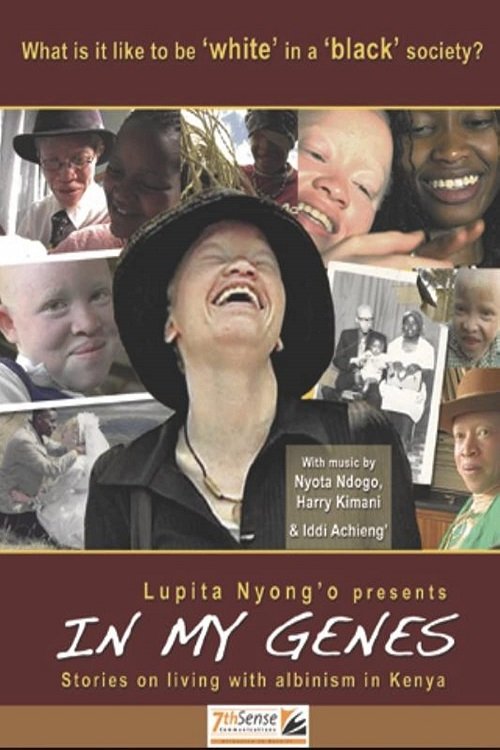
In My Genes
Released on: 2009-04-01
Drama, Documentary
Agnes may not seem like someone with much to laugh about. For one thing, she has albinism - a lack o...